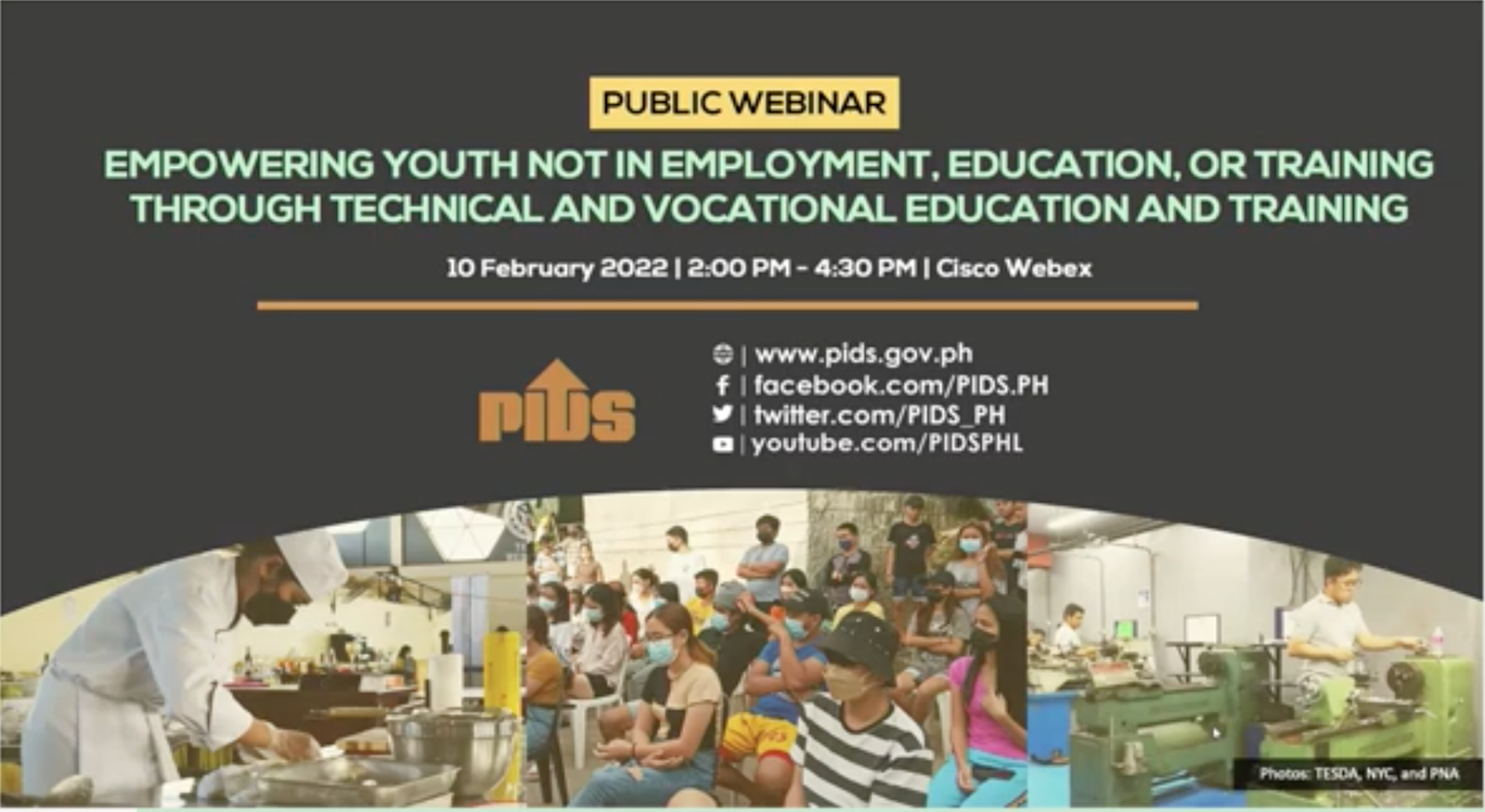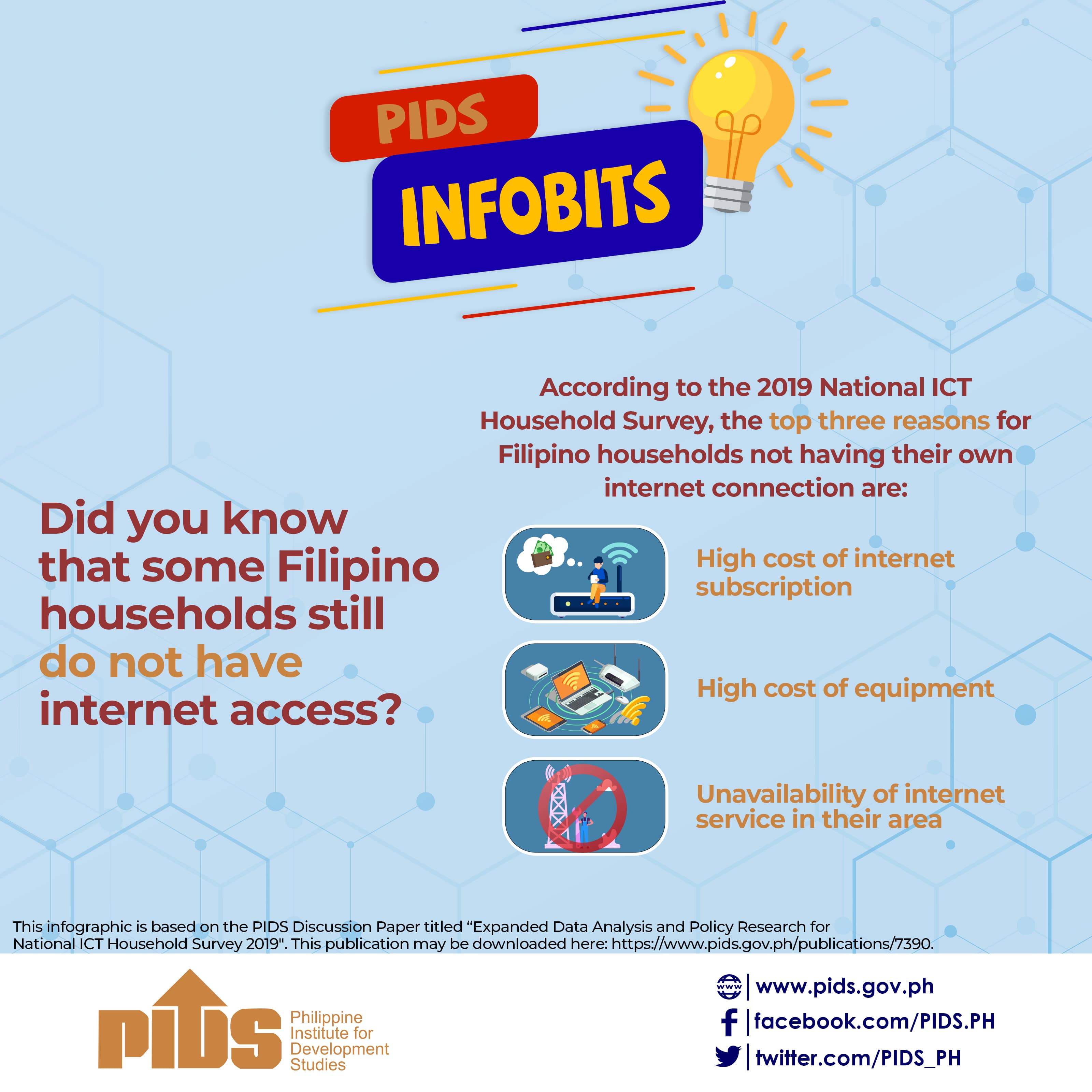Recently, London-based research firm Capital Economics said they expect the Philippines to become the world’s 18th largest economy by 2037 — up from 25th in terms of nominal Gross Domestic Product (GDP) today. In 2012, HSBC projected that by 2050, ours would be 16th in the world. Both painted glowing pictures of our economic future, and have done so by citing “favorable demographics” as an important factor.
The Commission on Population and Development (CPD) — formerly known as Popcom — recently projected that there will be nearly 109 million Filipinos come year’s end, up from the 107.1 million estimated for 2018.
To say that there are serious policy implications to this would be a gross understatement. Ensuring 109 million Filipinos are well taken care of — from “womb to tomb” — is no easy feat.
But while big challenges do come with a big population, so do big opportunities. Many have argued before that a population boom is a key ingredient to a sustained economic rally. For instance, Chief Global Strategist of Morgan Stanley Ruchir Sharma once contended that the continuous expansion of a country’s labor’s force plays a major role in fueling its growth and development.
Sharma cited in his The Rise and Fall of Nations (2016) 56 “postwar growth miracles,” where a country sustained at least 6 percent economic growth for at least a decade. In 3 out of 4 of these cases, the working-age population grew at least 2 percent each year, leading to his conclusion that miracle growth happened in these economies in part because “more and more young people were reaching working age.”
Consider then that the CPD projected that our working-age population—those aged between 15 and 65 years—will grow to at least 70 million by the end of 2019, up by some 1.4 million from 2018 or an increase of a little less than 2 percent. This points to a deep yet continuously expanding pool of human potential, one that could work and achieve a level of productivity that will propel our country to prosperity.
However, demography isn’t always destiny. Sharma warned in his book that countries with fast-growing working-age populations should avoid falling for the idea that “population growth pays off automatically in rapid economic expansion”—or what he termed the fallacy of the demographic dividend.
The trick, according to Sharma, is to “create the economic conditions necessary to attract investment and generate jobs.” This was echoed by a recent Philippine Institute for Development Studies (PIDS) discussion paper, which emphasized that the potential from a large labor pool may be rendered irrelevant if “the population wanting work cannot be productively employed.”
Unfortunately, it appears we’ve only made marginal improvements to our jobs situation. Based on the government’s 2018 labor force estimates, average annual unemployment may have fallen slightly to 5.3 percent this year — translating to some 2.2 million Filipinos — from 5.7 percent in 2017. However, the underemployment rate — in many ways a clearer indication of our people’s demand for better jobs — has increased to 16.4 percent in 2018 (6.7 million Filipinos) from 16.1 percent the year before.
We will be hard-pressed, however, to make any headway in this regard if many Filipino families still find it difficult to access quality education. In November, 2018, the Philippine Statistics Authority (PSA) released its latest Multidimensional Poverty Index (MPI), showing that in 2017, 5 out of 10 Filipino families were considered “education deprived” or had at least one family member aged 18 years old and above who did not complete basic education. We may have made college tuition-free, but clearly we still need to train our attentions on getting more of our people to finish at least up to high school.
Then again, our people’s minds cannot be filled if their bodies are not nourished. Indeed, malnutrition continues to prevent our people from building better lives for themselves.
These are issues that hobble our country from prospering. And they need to be addressed simultaneously and not in some piecemeal fashion. Indeed, the key to a prosperous future does lie with our people. But only if we are able to provide them with adequate food, education, and jobs.











